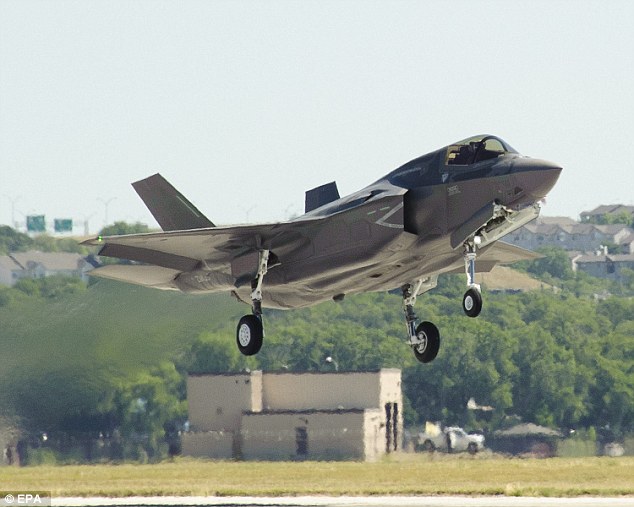A lot of promises have been made about the F-35 Joint Strike Fighter, but as more money is funneled into its development, more and more problems cause the entire project to falter.
As the U.S. Air Force decreases its projected order of F-35 jets by five, a new Pentagon report suggests that the aircraft remains riddled with problems. The entire report submitted to Congress is 82 pages long, so we’ll just go over the important parts.
– If the pilot ever ejects from the aircraft, they could break their necks. “Testing showed that the ejection seat rotates backwards after ejection. This results in the pilot’s neck becoming extended, as the head moves behind the shoulders in a ‘chin up’ position,” the report reads.
– F-35s have thus far only flown one flight per five days. Most military aircraft are expected to fly one sortie per day minimum. The F-35’s ability to fly that often is still untested.
– The computer software pilots rely on for navigation and combat is flawed due to “ambiguous threat displays, limited ability to respond to threats, and a requirement for off-board sources to provide accurate coordinates for precision attack.”
Without the ability to respond to new threats and fire precise attacks, the F-35 is just an expensive toaster that can only fly one sortie per business week. Without a functioning ejection seat, the poor F-35 pilot is the toast.
The most troubling part of the report is that these problems have existed for a while, but nothing is being done about them. “Each new version of software, while adding some new capability, failed to resolve all the deficiencies identified in earlier releases,” the report says. In other words, developers are so busy adding cool features to the F-35 that it hasn’t worked out the bugs.
The Pentagon’s conclusion is that the F-35 should not be used in 2017 for military operations unless these issues are addressed.




































